Cities of several tens of millions of inhabitants will be legion in the half of this century. But what will be the 10 most populous cities in the world?
population our planet is increasing at an incredible rate and its growth has even accelerated over the past two centuries due to a better lifestyle, a more balanced diet and access to more important care.
While today, the population is estimated at about 7 billion people, it is expected to reach 10 billion souls by the 2050 horizon according to the Global Cities Institute University of Toronto. But what are the most populous cities on that date? Several predictions have been advanced and it is usually the same cities that return to the top 10.
10. Mexico, Mexico
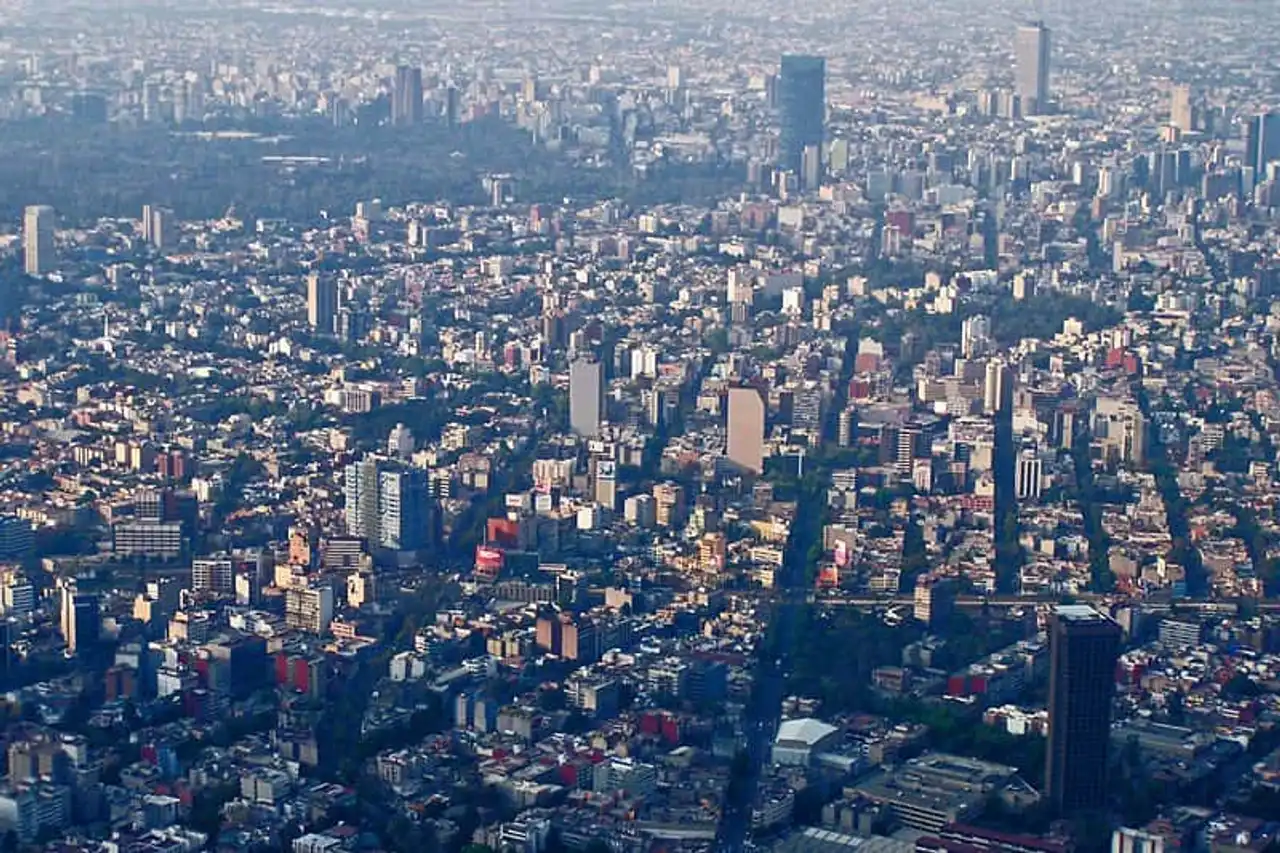
Photo credit: Wikimedia – Edmund Garman
The Mexican capital could reach 25 million inhabitants, an impressive growth when it is known that its population was 8 million in 1970.
9. New York, United States
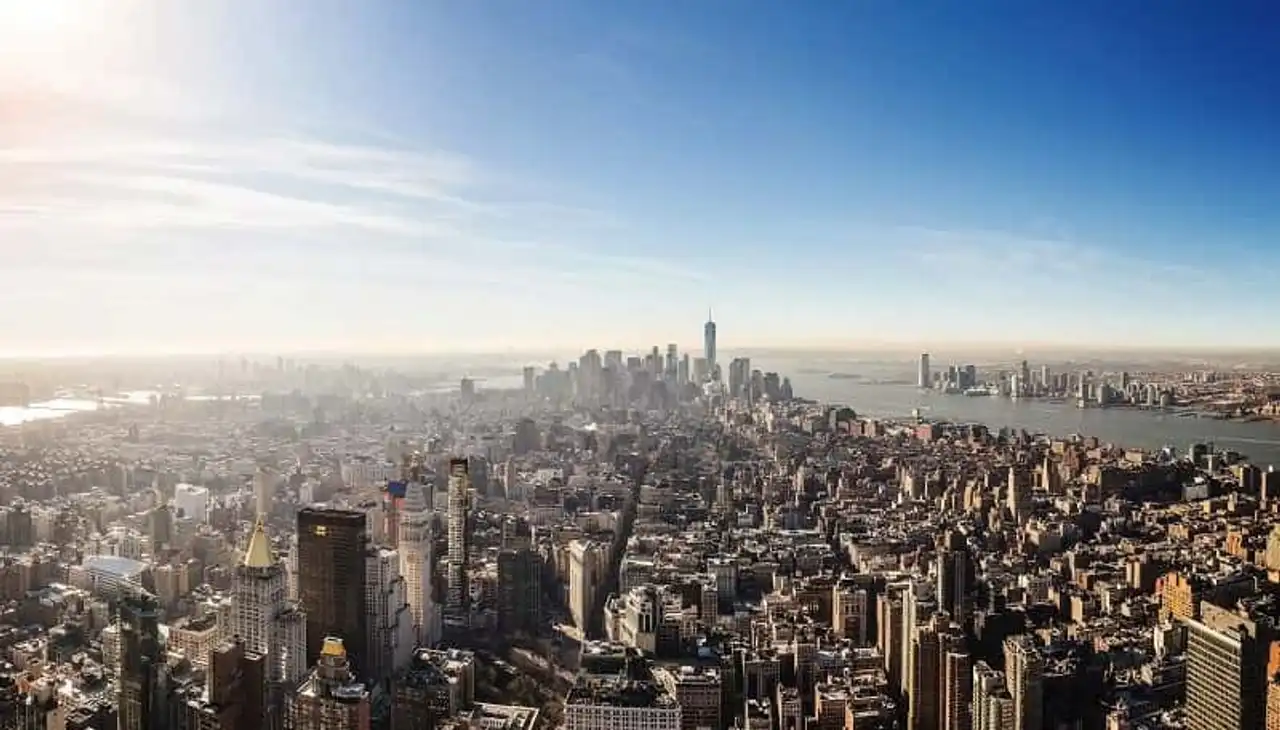
Photo credit: Unsplash – Troy Jarrell
With its 20 million inhabitants today, the city of New York could see its growth profile up to 25 million, including agglomeration. The city of New York consists of five districts: Manhattan Island, Staten Island, Bronx, Queens and Brooklyn.
8. Karachi, Pakistan
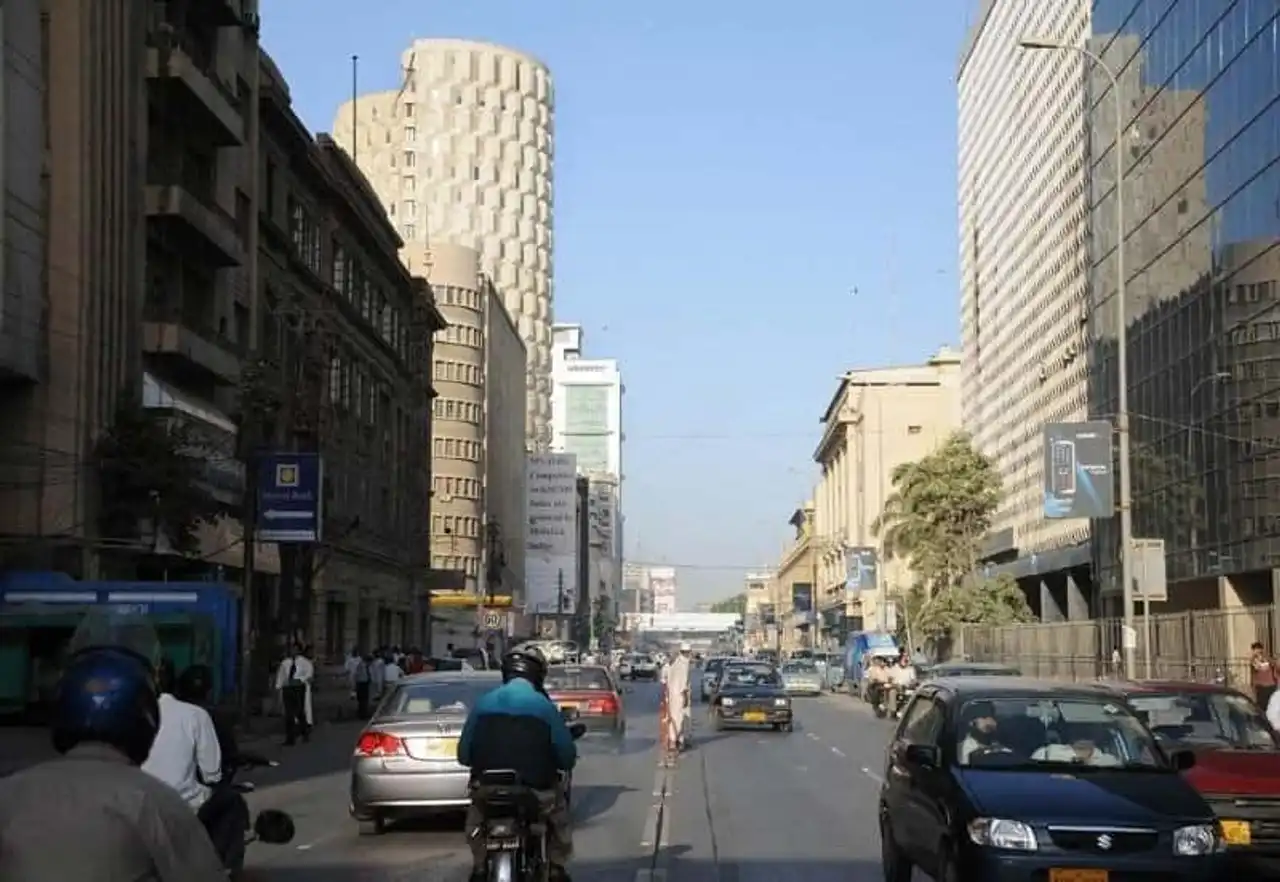
Photo credit: Wikimedia - Rahib ALi
Pakistan’s main economic capital and port, Karachi could reach 32 million inhabitants while its current population is “only” 15 million people. Located on the Indus Delta, Karachi has 50% of the country’s industries.
7. Tokyo, Japan
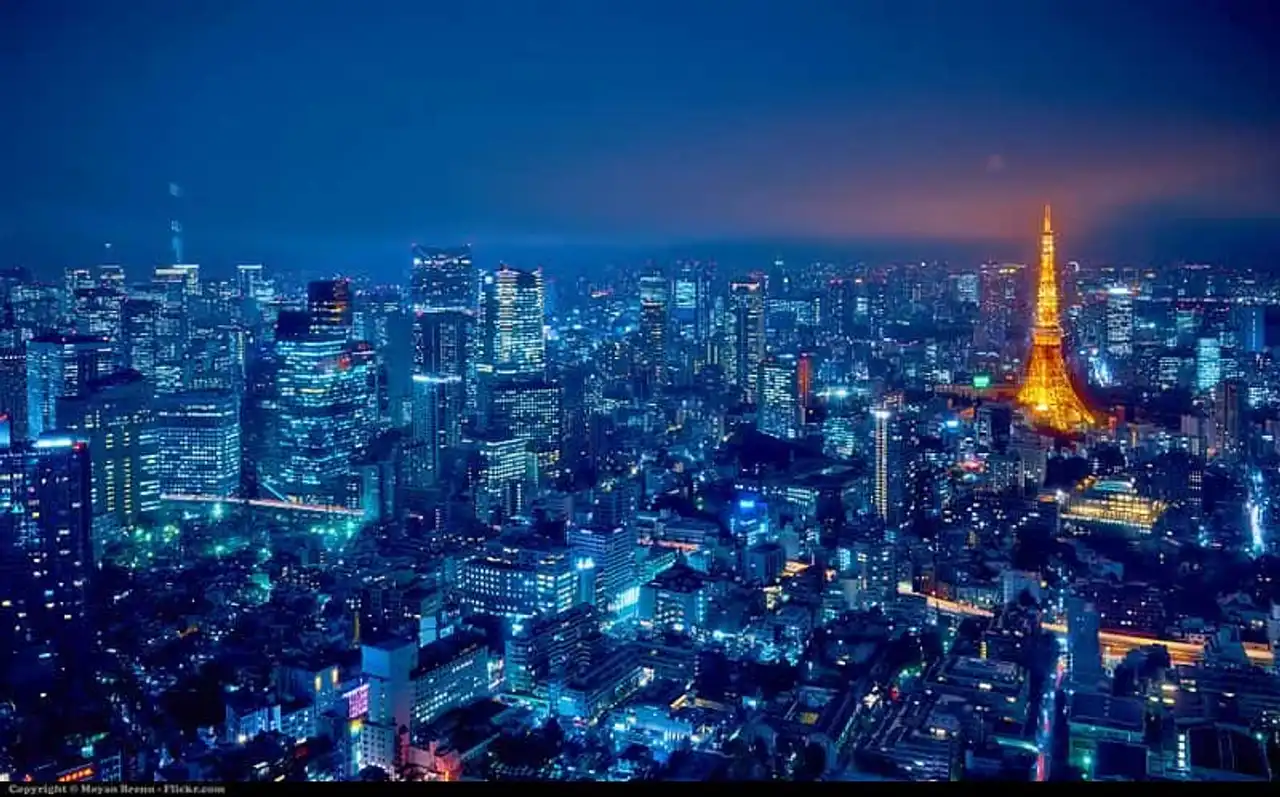
Photo credit: Wikimedia – Moyan Brenn
The capital could reach the 37 million inhabitants in 2050 by counting its agglomerations. It is important to know that one in 4 people in Japan resides in the agglomeration of Tokyo , making it the largest, largest and most populated agglomeration in the world.
6. Lagos, Nigeria
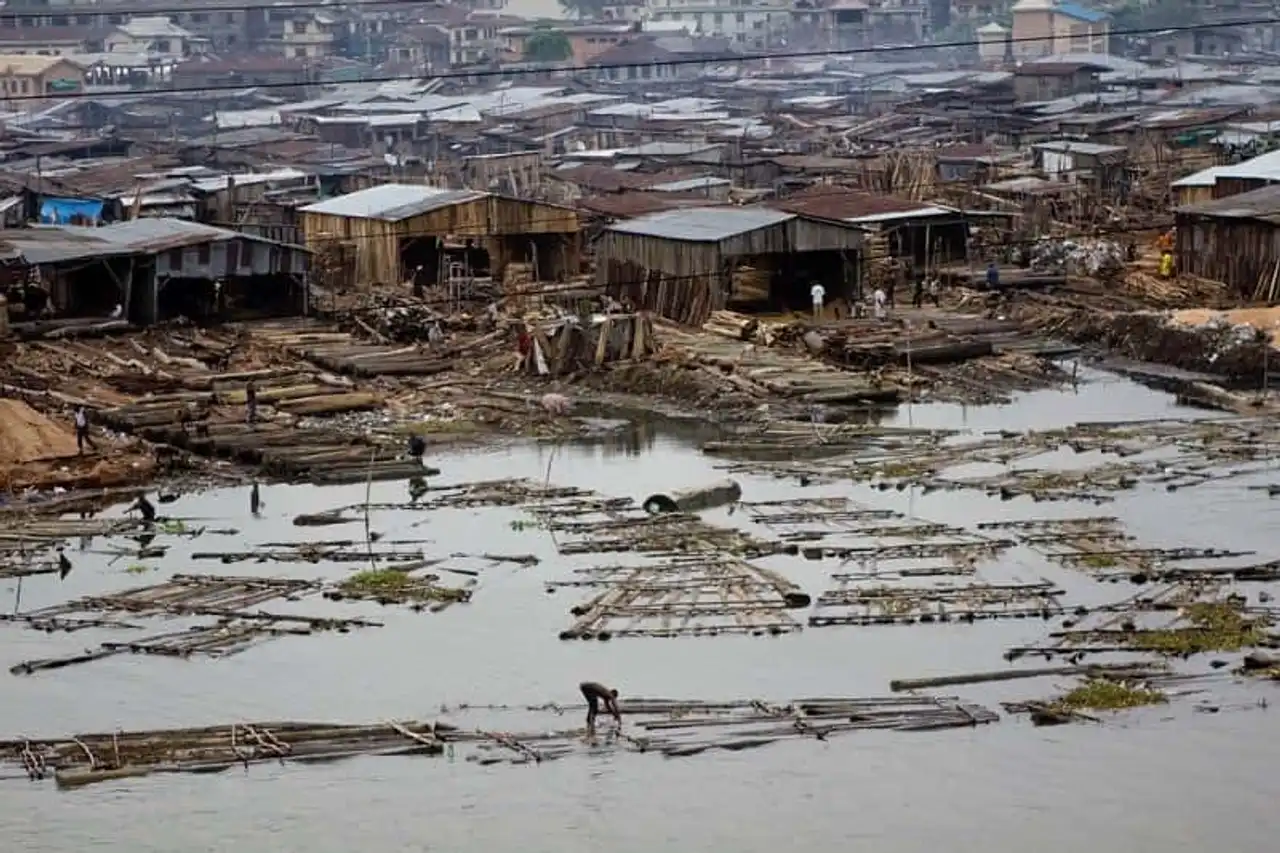
Photo credit: Flickr – Stefan Magdalinski
This city of Nigeria, located on the Gulf of Benin, has about 11 million inhabitants and would see its population simply tripled in 2050 to reach the 32.6 million people. Note that Lagos had only 60,000 inhabitants in the early 1960s.
5. Calcutta, India
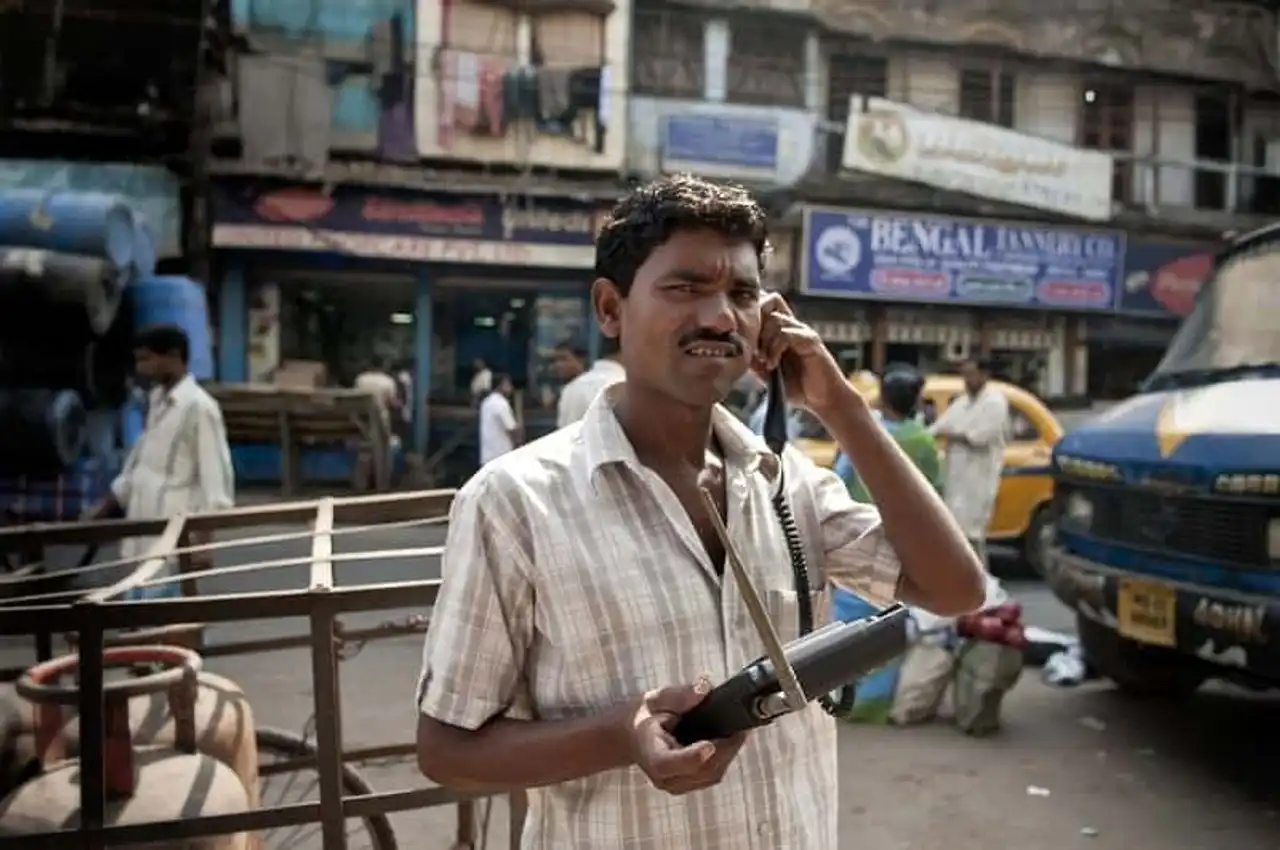
Photo credit: Flickr - M M M
Today, almost 15 million people live in Calcutta but the city could see more than double this figure by 2050, reaching 33 million inhabitants. The population is growing steadily because of an immigration policy due to rural overcrowding. It is also today the largest port in South Asia after the city of Singapore.
4. Kinshasa, Democratic Republic of the Congo
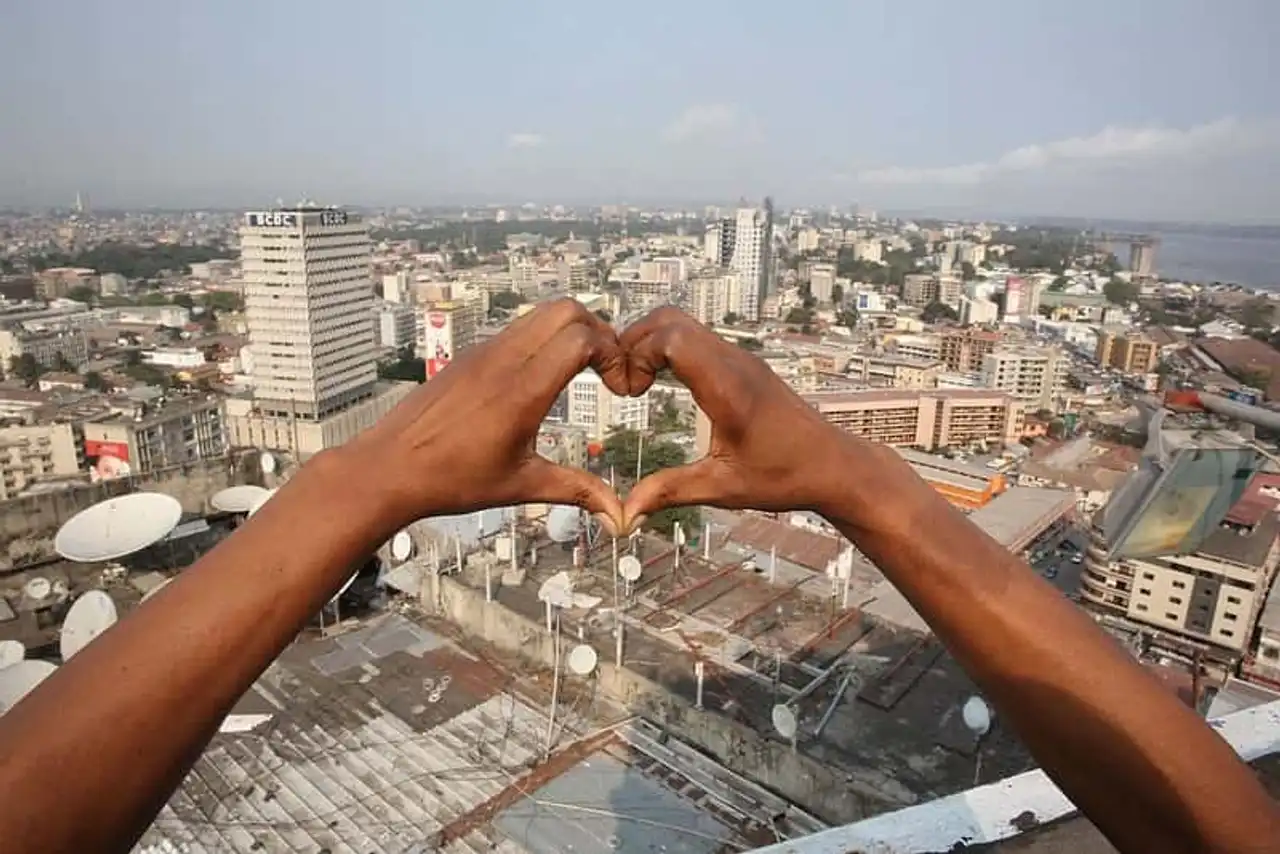
Photo credit: Flickr – MONUSCO Photos
Today, the capital of the Democratic Republic of the Congo counts nearly 9 million inhabitants and sees its number exploded up to 35 million people. From an increase in the natural rural exodus, Kinshasa is now at the heart of concern because it is both a river port, a shopping centre, an administrative centre and an essential industrial pole of the country.
3. Dacca, Bangladesh
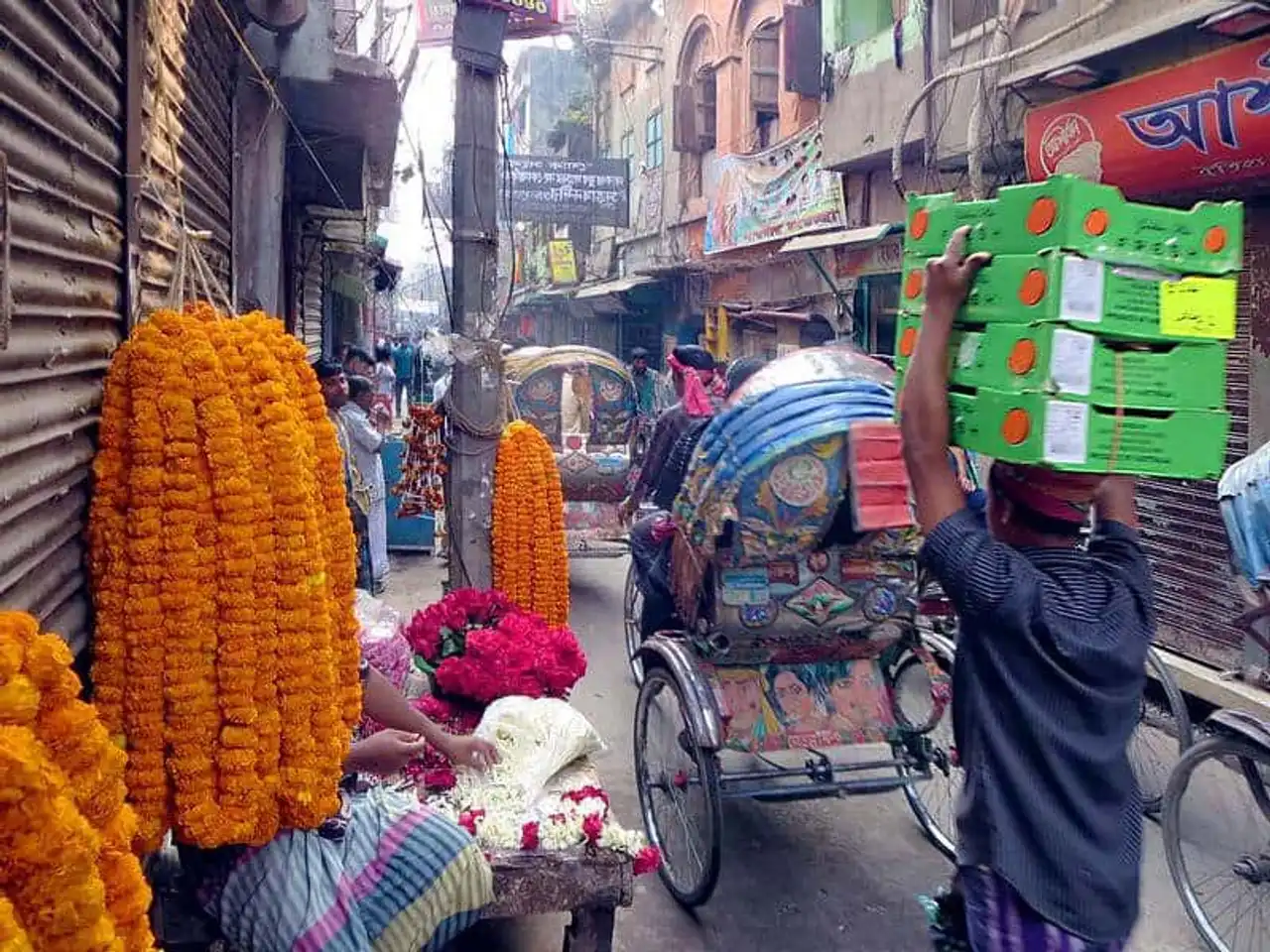
Photo credit: Flickr – David Stanley
The capital of Bangladesh will reach 35 million inhabitants in less than 40 years. The city is located at the edge of the Gange Delta and the Brahmapoutre.
2. New Delhi, India
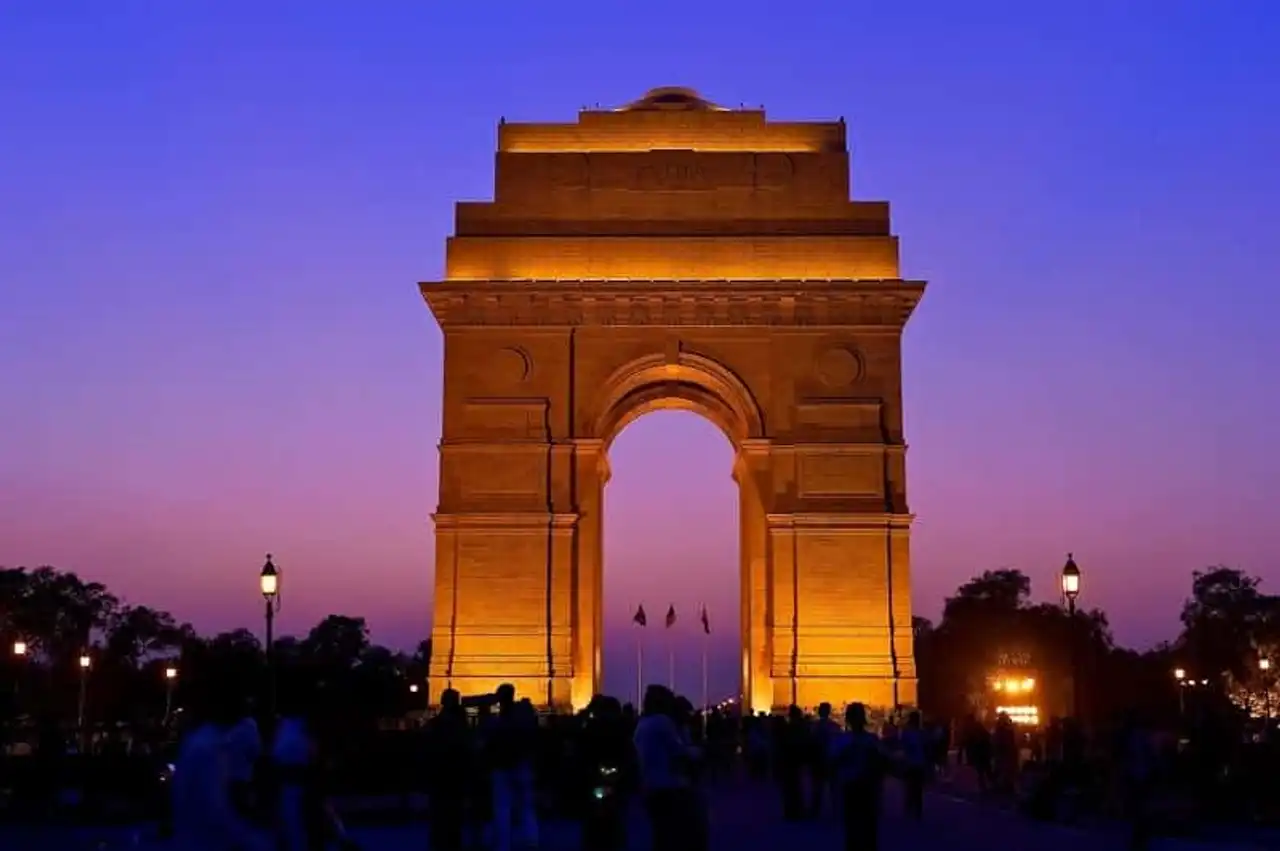
Photo credit: Flickr – Larry Johnson
Third city of India with 36 million inhabitants estimated in 2050, New Delhi lies at a strategic crossroads attracting a very diverse population. The 2/3 of the population work in the tertiary, trade and tourism sector.
1. Bombay (Mumbai), India
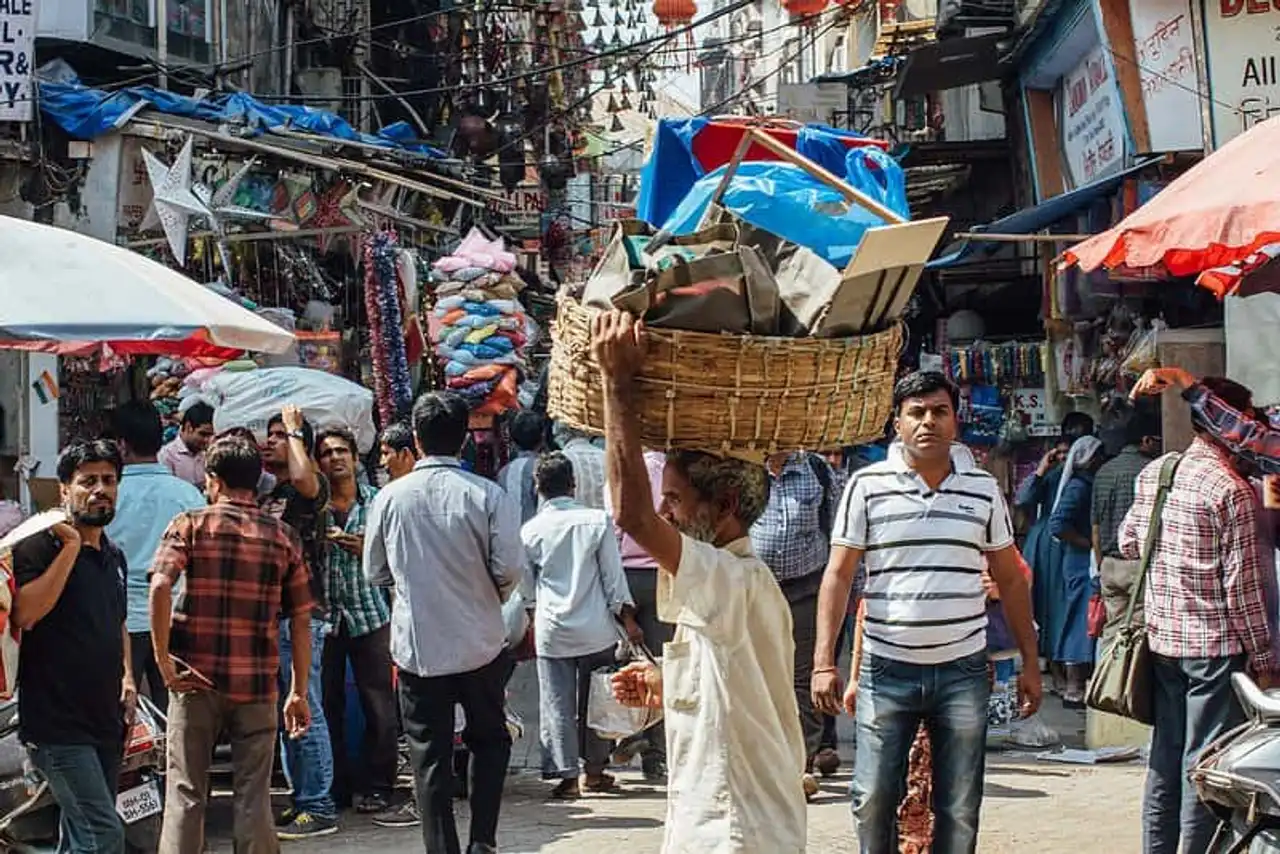
Photo credit: Flickr – Adam Cohn
This city in India will normally have nearly 42 million inhabitants by 2050. Built on a 15 km peninsula this city is the fifth largest city in the world and the second in Asia. A city with strong economic growth with a strong urban space development.







Loading comments ...